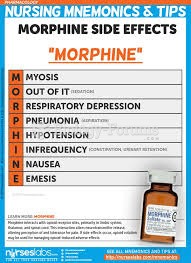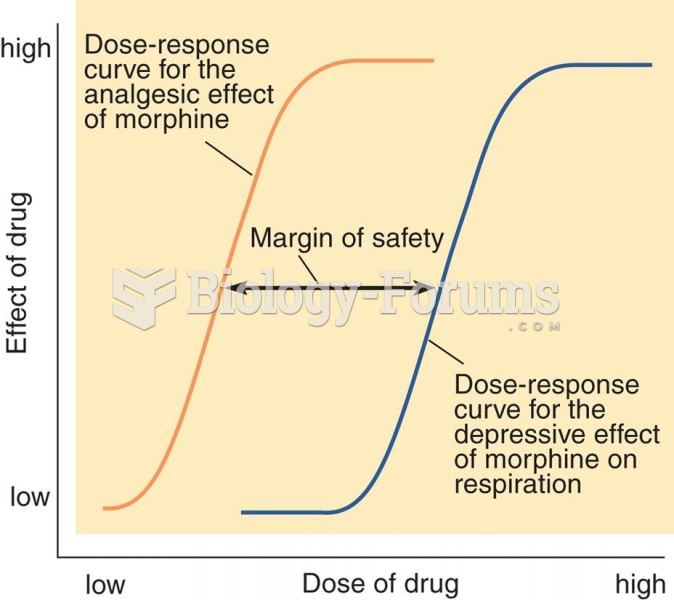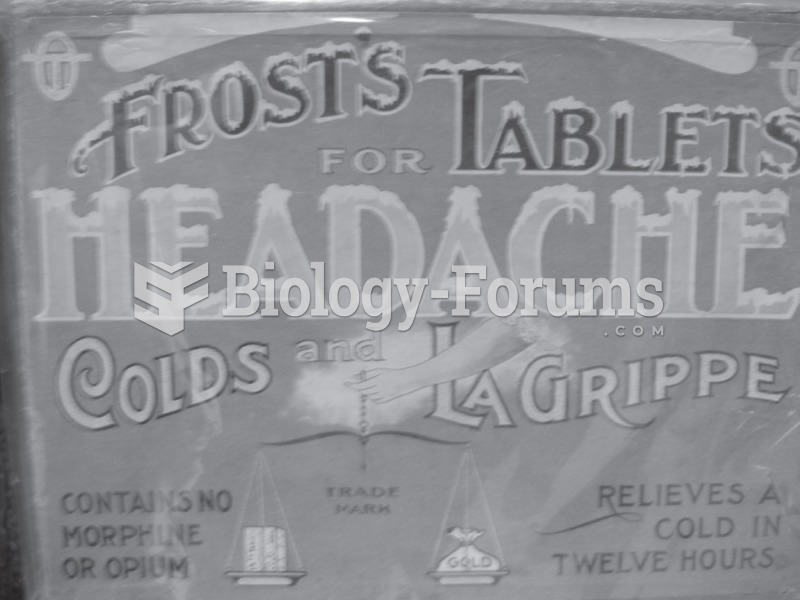Definition for Morphine
From Biology Forums Dictionary
Morphine sulfate occurs as white, feathery, silky crystals, cubical masses of crystals, or white crystalline powder; it is soluble in water and slightly soluble in alcohol. Morphine has a pKa of 7.9, with an octanol/water partition coefficient of 1.42 at pH 7.4. At this pH, the tertiary amino group is mostly ionized, making the molecule water-soluble. Morphine is significantly more water-soluble than any other opioid in clinical use.
Morphine was first isolated in 1804 by the German pharmacist Friedrich Wilhelm Adam Sertürner, who named it "morphium" after Morpheus, the Greek god of dreams. But it was not until the development of the hypodermic needle (1853) that its use spread. It was used for pain relief, and as a "cure" for opium and alcohol addiction. Its extensive use during the
American Civil War resulted in over 400,000 sufferers from the "soldier's disease" (addiction), though some believe this to be erroneous.
Morphine Addiction
Morphine activates the brain's reward systems. The promise of reward is very intense, causing the individual to crave the drug and to focus his or her activities around taking morphine. The ability of morphine to strongly activate brain reward mechanisms and its ability to chemically alter the normal functioning of these systems can produce an addiction. Morphine effects also reduce a person's level of consciousness, harming the ability to think or be fully aware of present surroundings.
Morphine is a narcotic analgesic. Morphine was first isolated from opium in 1805 by a German pharmacist, Wilhelm Sertürner. Sertürner described it as the Principium Somniferum. He named it morphium - after Morpheus, the Greek god of dreams. Today morphine is isolated from opium in substantially larger quantities - over 1000 tons per year - although most commercial opium is converted into codeine by methylation. On the illicit market, opium gum is filtered into morphine base and then synthesized into heroin.
Morphine was first used medicinally as a painkiller and, erroneously, as a cure for opium addiction. Morphine quickly replaced opium as a cure-all recommended by doctors and as a recreational drug and was readily available from drugstores or through the mail. Substitution of Morphine addiction for alcohol addiction was considered beneficial by some physicians because alcohol is more destructive to the body and is more likely to trigger antisocial behavior. Morphine was used during the American Civil War as a surgical anesthetic and was sent home with many wounded soldiers for relief of pain. At the end of the war, over 400,000 people had the "army disease", Morphine addiction. The Franco-Prussian War in Europe had a similar effect.



